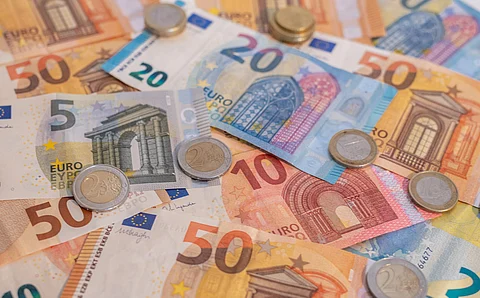

The global treaty to end plastic pollution faces challenges in its financial mechanism, with developing countries advocating for a dedicated fund to ensure developed nations finance implementation.
Meanwhile, developed countries propose a flexible approach using existing structures.
The debate highlights deep divisions over fairness and enforceability, with innovative financing tools like polymer fees being considered.
Article 11, which addresses the means of implementation (MOI), remains one of the more complex and unresolved areas in the treaty text. Most of the language remains bracketed, reflecting deep divisions among states.
The primary divergence lies in the question of the financial mechanism. While some countries advocate for a new standalone fund to support treaty implementation, others prefer leveraging existing funding structures.
A large coalition of developing countries, including the African Group, AOSIS, GRULAC and others, have strongly advocated for a dedicated, independent multilateral fund. This proposed mechanism would ensure that developed countries bear primary responsibility for financing treaty implementation, reflecting long-standing environmental justice concerns. Many parties, including India, Indonesia and Malaysia, underscored the importance of new and additional funds, distinct from existing climate and environmental finance, to avoid dilution of resources and ensure clarity of purpose.
Some countries, such as Samoa, have proposed a hybrid model that combines existing structures like the Global Environment Facility (GEF) with new funding streams, including a potential Remediation Fund.
There is also growing interest in innovative financing tools, such as Ghana’s proposal for a polymer fee levied at the production level. On the other hand, the United States, leading a bloc of developed countries including the EU, Australia and Japan, has taken a more flexible and decentralized approach. Their proposal includes a mix of national budgets, Extended Producer Responsibility (EPR) schemes, private sector contributions, and voluntary international commitments, channelled through existing mechanisms like the GEF Trust Fund.
Concerns over fairness and enforceability persist. While several countries, including Iran and Kazakhstan, emphasize that developed countries should lead on public financing, they resist binding contributions. Others, such as Saudi Arabia and the Philippines, also stress the need for predictability and accountability, but diverge on whether private sector involvement should be mandatory or supplementary.
This is a click to zoom map. View the larger image by clicking on it